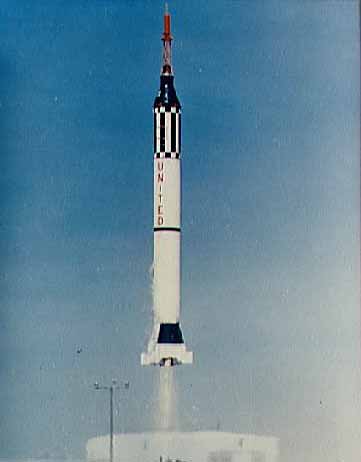Five years ago today — December 28, 2005 — the European Space Agency launched its first navigation satellite.
The Galileo In-Orbit Validation Element-A (GIOVE-A) spacecraft launched on a Soyuz-Fregat rocket out of the Baikonur Cosmodrome. It was the first of the planned European navigation constellation modeled after (and intended to be independent from) the U.S. Global Positioning System. Designed to operate an estimated 2 years, GIOVE-A is still operational today.
The European system, named Galileo, was to be complete by the end of this year, with all 30 satellites (27 active and 3 spares) on orbit and operational. To date, however, only GIOVE-A and GIOVE-B are in orbit, with the first four operational satellites (serving also as In-Orbit Validation spacecraft) set to be launched in 2011.
[BREAK, BREAK]
And, in unrelated Galileo space history, 10 years ago today the Galileo spacecraft flew by Jupiter’s largest moon, Ganymede, for the sixth time. The flyby was timed while Ganymede was in Jupiter’s shadow, to look for any auroral activity. Otherwise, it just gives me an excuse to link to this cool image:

(Ganymede, taken by the Galileo spacecraft on its first flyby. NASA image.)

















